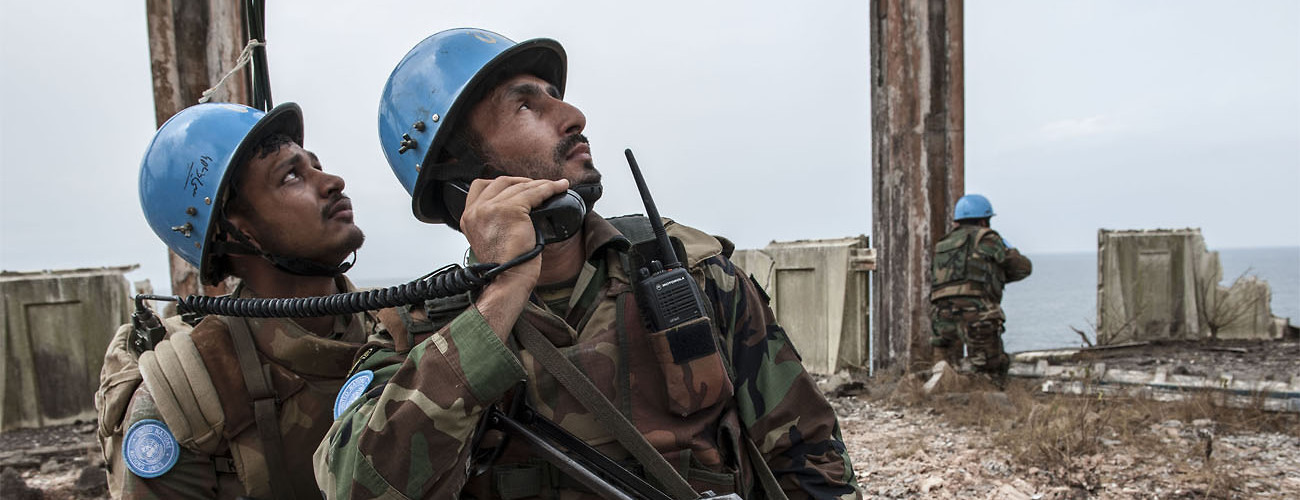Too many conflicts over the past twenty years—from Rwanda to the Central African Republic—have demonstrated that the costs of intervening in a crisis increase dramatically when deployments of peace operations are delayed.
With slow responses, violent conflicts tend to escalate and spread, increasing destruction and suffering, as well as the need for later, larger, and longer operations at higher costs.
This report assesses the UN’s capacity to rapidly deploy large peace operations by evaluating eight initiatives designed to reach this goal. It proposes the establishment of a UN “early mission headquarters” tool to expedite mission start-up and explores potentially promising partnerships for rapid deployment underway in Africa, Europe, and Latin America.
The author finds that attempts to develop better arrangements for rapid deployment have been repeatedly frustrated by financial austerity and an approach that encourages incremental, fragmented reforms, which have proven insufficient. Despite previously recommended response times of thirty to ninety days, UN deployments now tend to require six to twelve months.
As such, the report makes fourteen suggestions for improvement in specific areas, including the standby arrangements with troop-contributing countries, the UN standing police capacity, and financial premiums that incentivize states to respond more quickly.
Beyond individual initiatives, the author recommends realigning UN rapid deployment with the UN’s efforts to prevent conflict and protect civilians in order to broaden the constituency of support for a bolder, more comprehensive approach.








